May 14, 2025 | 18:13 GMT +7
May 14, 2025 | 18:13 GMT +7
Hotline: 0913.378.918
May 14, 2025 | 18:13 GMT +7
Hotline: 0913.378.918
Visiting Ms. Vo Thi Lan's cow farm combined with earthworm farming in Cau Khoi commune, Duong Minh Chau district, Tay Ninh province, we were amazed by a well-planned, large and modern farm.
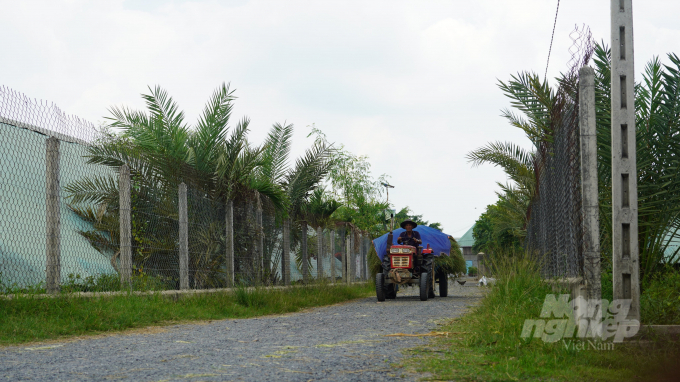
Inside Ms. Lan's enclosed recirculating cow and earthworm farm in Cau Khoi commune, Duong Minh Chau district. Photo: Tran Trung.
Alongside the straight and clearly divided cow sheds for cows, breeding cows, calves... are paved roads with rows of ornamental plants of all kinds radiating cool green shade. At just 6 AM, the farm's tractors pulled carts full of grass from the nearby garden to supply the farm, painting a vibrant picture like a miniature farm.
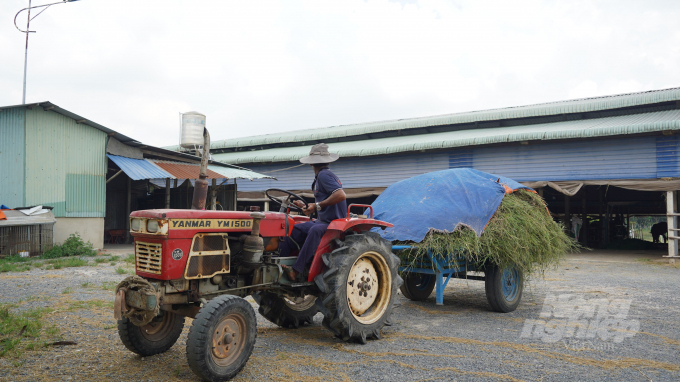
Mechanization was put into use to reduce labor and increase work efficiency. Photo: Tran Trung.
Talking about her entrepreneurial journey, Ms. Lan shared that she was born and grew up in the poor countryside of Tay Ninh in a family that works in rice farming and grows medicinal plants for people in the region, her life was a very arduous journey.
As a teenager, she was the eldest sister in a large family, single handedly taking care of her juniors. At the time of her marriage, when they had 10 children together, her husband suddenly passed away. The suffering that can't be lamented with anyone becomes the strength to help a young mother strive to not only overcome adversity but also to take care of all her children, helping them study and succeed, she also managed to become a successful businesswoman, who was awarded the 3rd Class Labor Medal by the President for her contributions to the community and society.
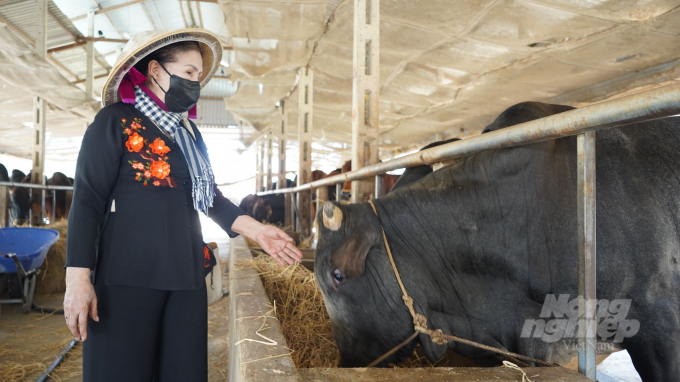
The herd of 3B bulls is carefully cared for by Ms. Lan, not only serving her family, but also assisting in cows breeding for local people. Photo: Tran Trung.
Accompanying us to visit the herd of nearly a hundred cows, each weighing more than half a ton, Ms. Lan said, stemming from the desire to have a source of clean fertilizer to ensure supply to the 50-hectare tea cultivation area, over 10 years ago, she started raising cows to take advantage of the source of manure to fertilize the garden.
However, at that time, she mainly raised local cow breeds, so the yield of manure was low, in addition, untreated manure affected the growth and development of the orchard. In order to improve efficiency, she spent time learning about the earthworm farming model, and simultaneously looked for new cow breeds, in which, 3B cows were one of her priorities to develop, because with the same amount of food, 3B cows grow to be much bigger compared to normal ones, they have less diseases with a high proportion of meat and manure.

The herd of cows provides manure for the purpose of raising earthworms, as well as a large source of income from selling breeds and meat. Photo: Tran Trung.
For earthworm farming, according to Ms. Lan, raising earthworms is not difficult, it is important to have the right technique, a stable system to ensure and feed properly so that the worms can reproduce quickly. The model also has the advantage of only investing in buying breeds once, then the earthworms reproduce and develop continuously, so there is no cost of breeds for the next crop.
In order to effectively implement the enclosed circulating farm model, the earthworm breeding area needs to be scientifically designed, located next to the cow shed, so it is convenient for the collection of manure. The barn is built from bricks, roofed tole to shade from the sun and rain, while also creating a favorable environment for the earthworms to grow and develop. The food for earthworms is cow manure, processed through probiotics, so the odor is limited.
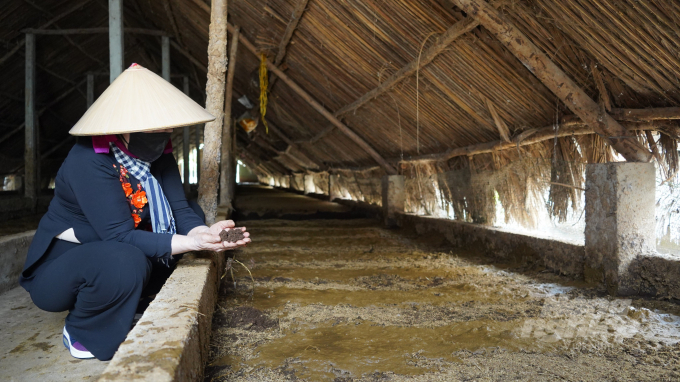
Earthworm farm is built behind the livestock area to conveniently process the manure from cows. Photo: Tran Trung.
“Earthworms are very easy to raise and do not require a high level of technical expertise. Cultivation of earthworms is very simple, feeding time is not fixed, when the feces on the surface layer are dry, feed can be continued. Vermicompost has high nutritional content and has the effect of preventing pests. Using vermicompost mixed with soil will ensure that plants grow in 3 months without any other fertilizer", said Ms. Lan.
Picking up a handful of vermicompost, Ms. Lan excitedly said: "With the enclosed circulating model from growing grass for cows to making use of cow manure to raise earthworms, both will be fed back to the pasture and provide for the tea garden. Therefore, almost in the production process, I don't have to lose out on anything, the tea area expands to whereever the cow farm expands, now with 50 hectares of raw tea and hundreds of cows, I save billions of dong every month on just fertilizer.
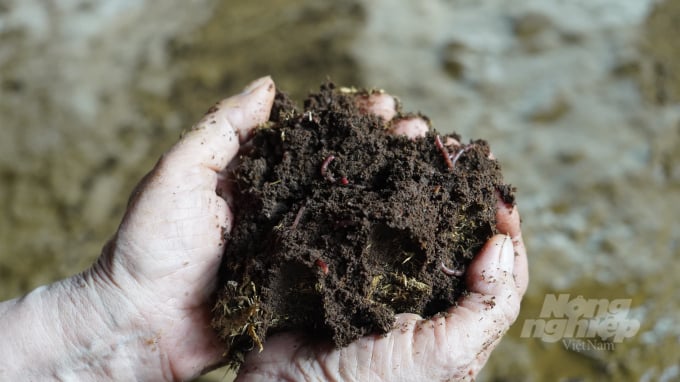
According to Ms. Lan, earthworms are easy to raise, with little care, only needing to purchase the initial breed and they will multiply, develop on their own. Photo: Tran Trung.
According to Tay Ninh Department of Agriculture and Rural Development, Tay Ninh province is one of the southern provinces with a large number of cows and many favorable conditions for the development of cow husbandry such as land, large grazing grasslands, green food sources and abundant agricultural by-products, high terrain, few storms and floods.
According to calculations, a hectare of grassy land with the capacity of 250 tons, raising 14 cows, can create jobs for 2 labors. Therefore, the development of beef cattle production really contributes to transforming the agricultural economic structure, creating jobs, increasing incomes and improving the livelivehood of farmers.
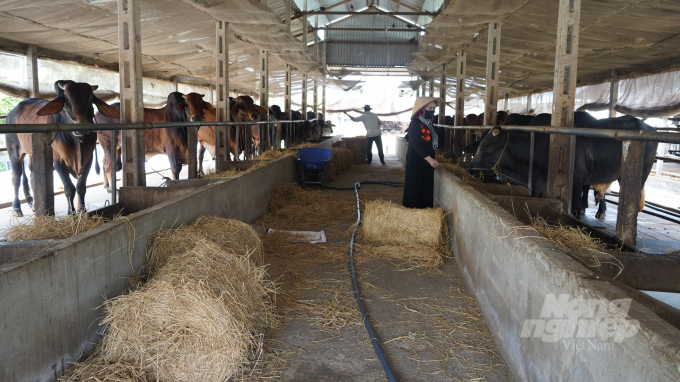
According to Tay Ninh Department of Agriculture and Rural Development, Ms. Lan's model is one of the typical models in nearly 500 local farms. Photo: Tran Trung.
Currently, the total herd of beef cattle in the locality is nearly 100,000 heads. However, livestock production is mostly natural grazing, with a small scale of 4-6 heads accounting for over 90%, so economic efficiency is not high.
In recent years, with the restructuring of the agricultural sector, many households have boldly converted from a small scale to a enclosed circulating farm. Ms. Lan's model is one of the typical models in nearly 500 local farms.
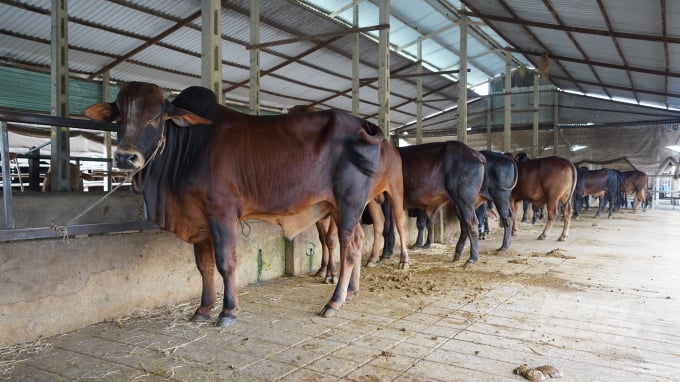
The specific goal is that by 2025, the total cow herd of Tay Ninh will reach 125,000 heads and 150,000 heads by 2030. Photo: Tran Trung.
In order to continue the replication of the model, the locality has developed and implemented a plan to develop the livestock sector and particularly beef cattle farming in Tay Ninh province in the period of 2021-2030, with a vision towards 2030.
Accordingly, the locality will restructure the livestock sector in a synchronous manner with the following contents: restructuring the use of resources, restructuring production technology, restructuring the form of production organization and especially the restructuring of production business entities in order to increase efficiency and product quality, meeting customer needs...
Additionally, develop livestock in a centralized manner, with large-scale and controlled farms, ensuring compliance with the provisions under the Law on Livestock. The specific goal is that by 2025, the total herd of cows in Tay Ninh will reach 125,000 and 150,000 by 2030.
“We need to build models in the direction of circular agriculture, apply high-tech agriculture in livestock production to increase product quality, reduce costs, reduce manual labor and move torward market domination, first in the country, then the world.
To do this, it is necessary to involve all economic and social sectors, in which farmers and businesses directly invest in innovating production processes, technologies and equipment to improve production efficiency along with more efficient use of resources; businesses are the spearheads leading farmers to develop together", emphasized Mr. Nguyen Dinh Xuan, Director of Tay Ninh Department of Agriculture and Rural Development.
Translated by Hai Long

(VAN) Data from 10,000 farming households will help professionalize production organization and support the implementation of the One Million Hectares Program for High-Quality, Low-Emission Rice Cultivation.

(VAN) FAO Director-General QU Dongyu marks International Day of Plant Health at NENA conference.

(VAN) Deputy Minister of Agriculture and Environment Hoang Trung affirmed that floriculture and ornamental plants are a growing industry that receives significant global attention.

(VAN) The three staple crops dominating modern diets – corn, rice and wheat – are familiar to Americans. However, fourth place is held by a dark horse: cassava.
/2025/05/10/4037-3-223011_495.jpg)
(VAN) Remote sensing technology is becoming an indispensable tool in monitoring resources, developing modern agriculture, and protecting the environment in Vietnam.
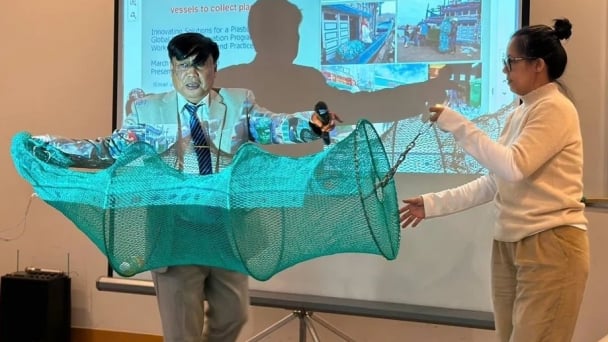
(VAN) The trash bag used on fishing vessels can withstand rough sea conditions, including level 8 to level 10 winds and waves. Notably, it can be hung anywhere on the boat.
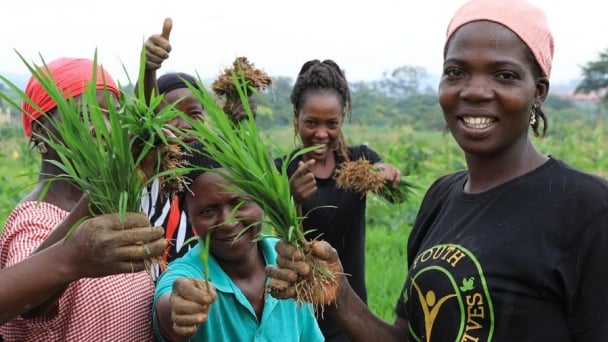
(VAN) African leaders launched the Kampala Declaration on Building Resilient and Sustainable Agrifood Systems in Africa, marking a bold step toward transforming the continent's agriculture.